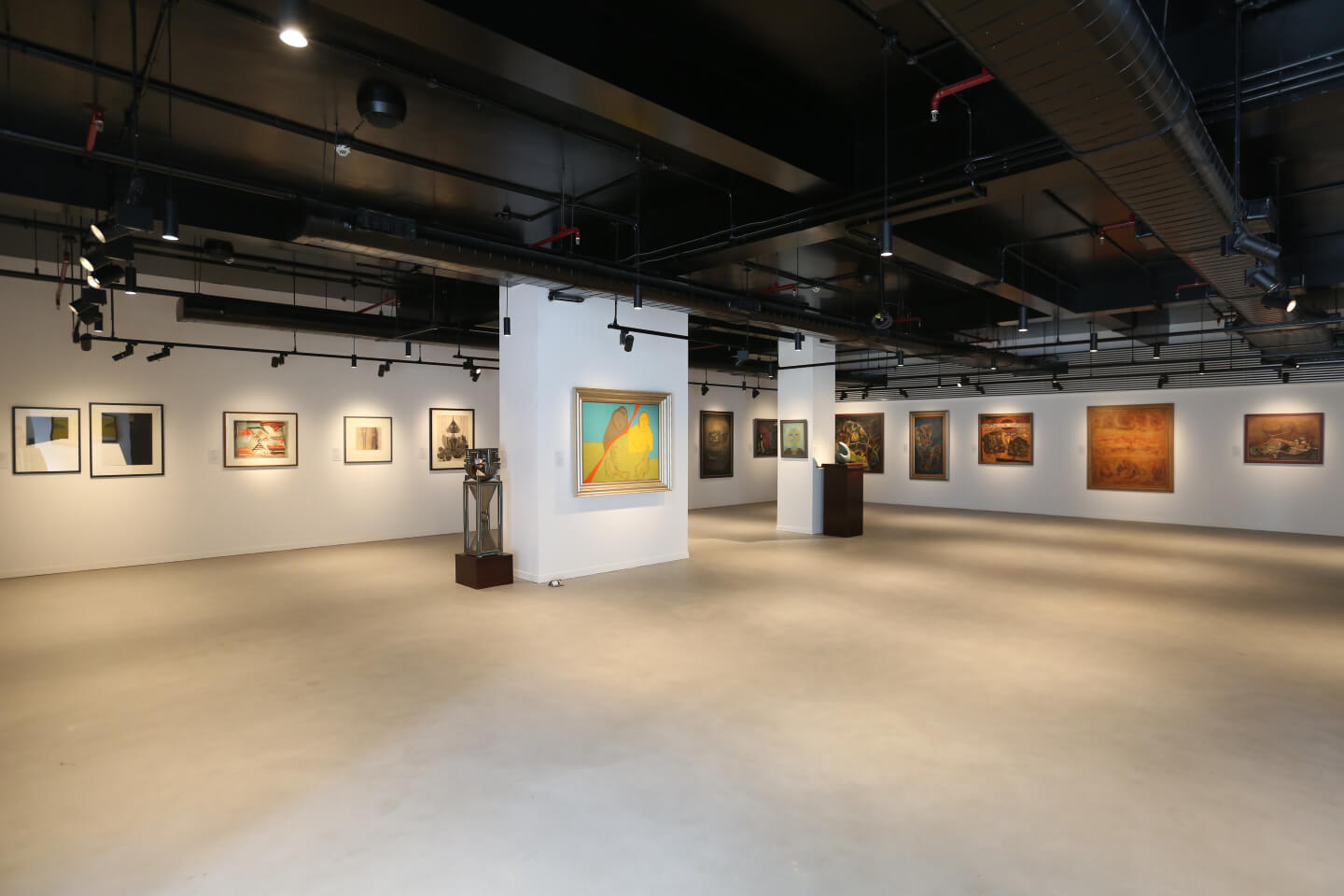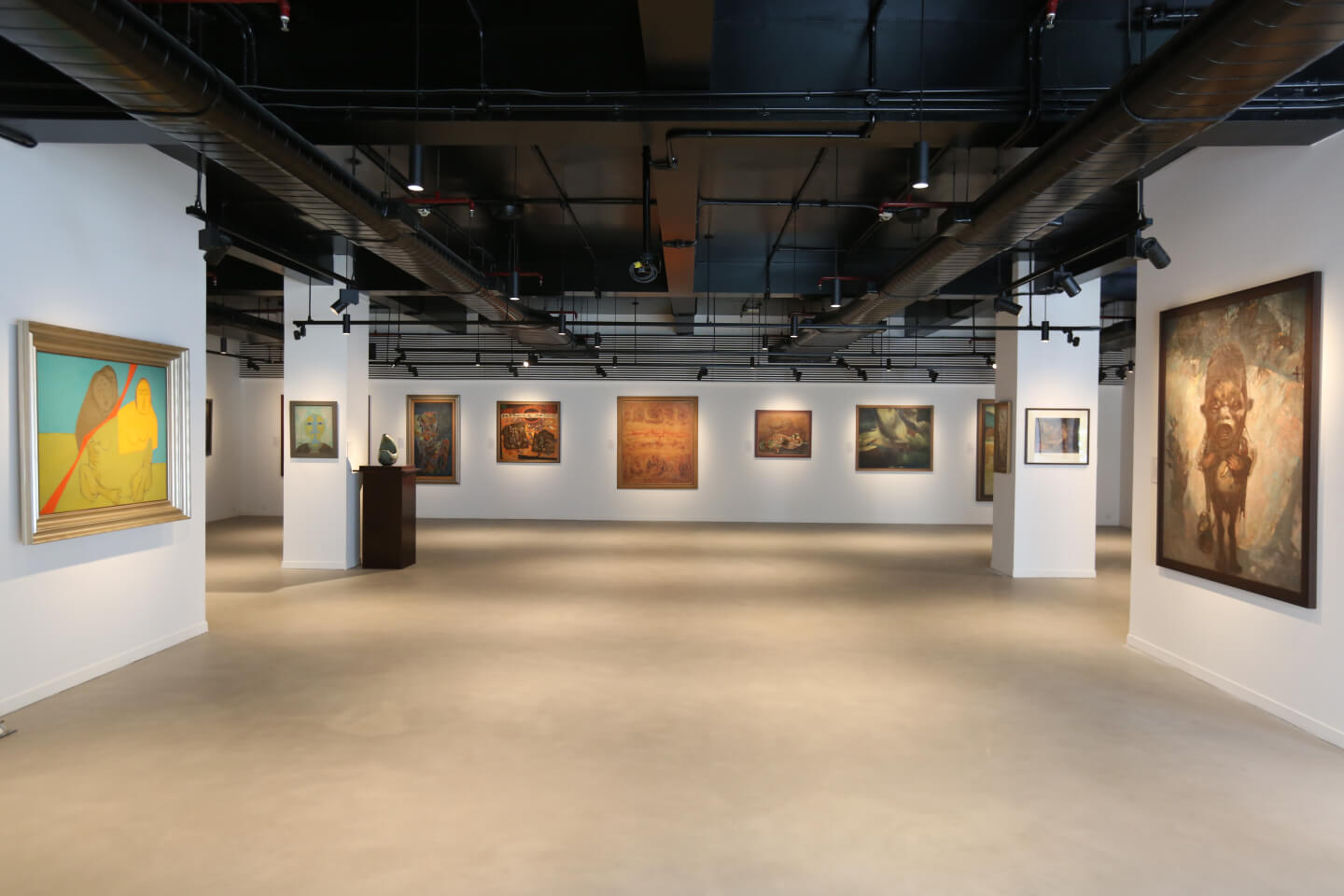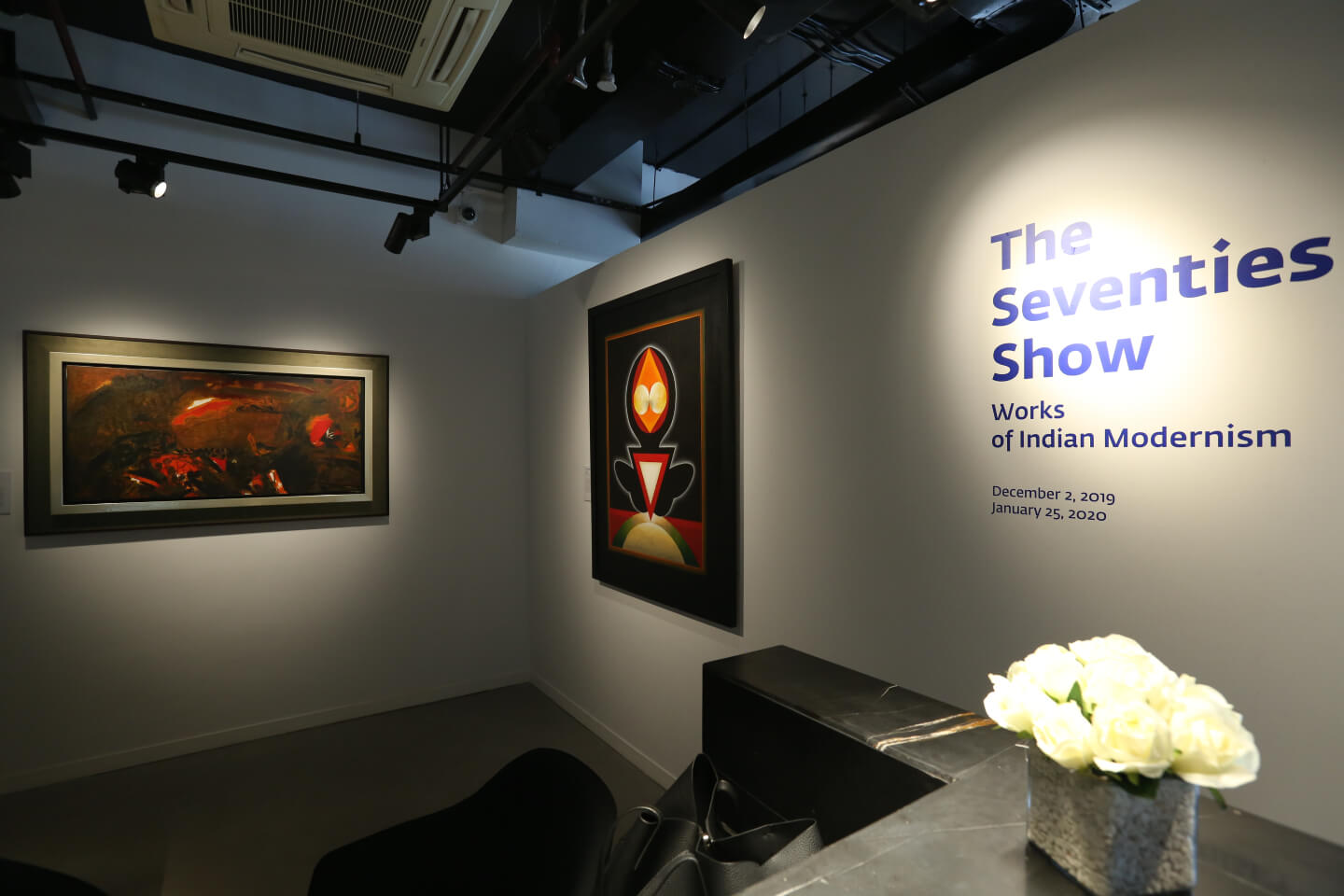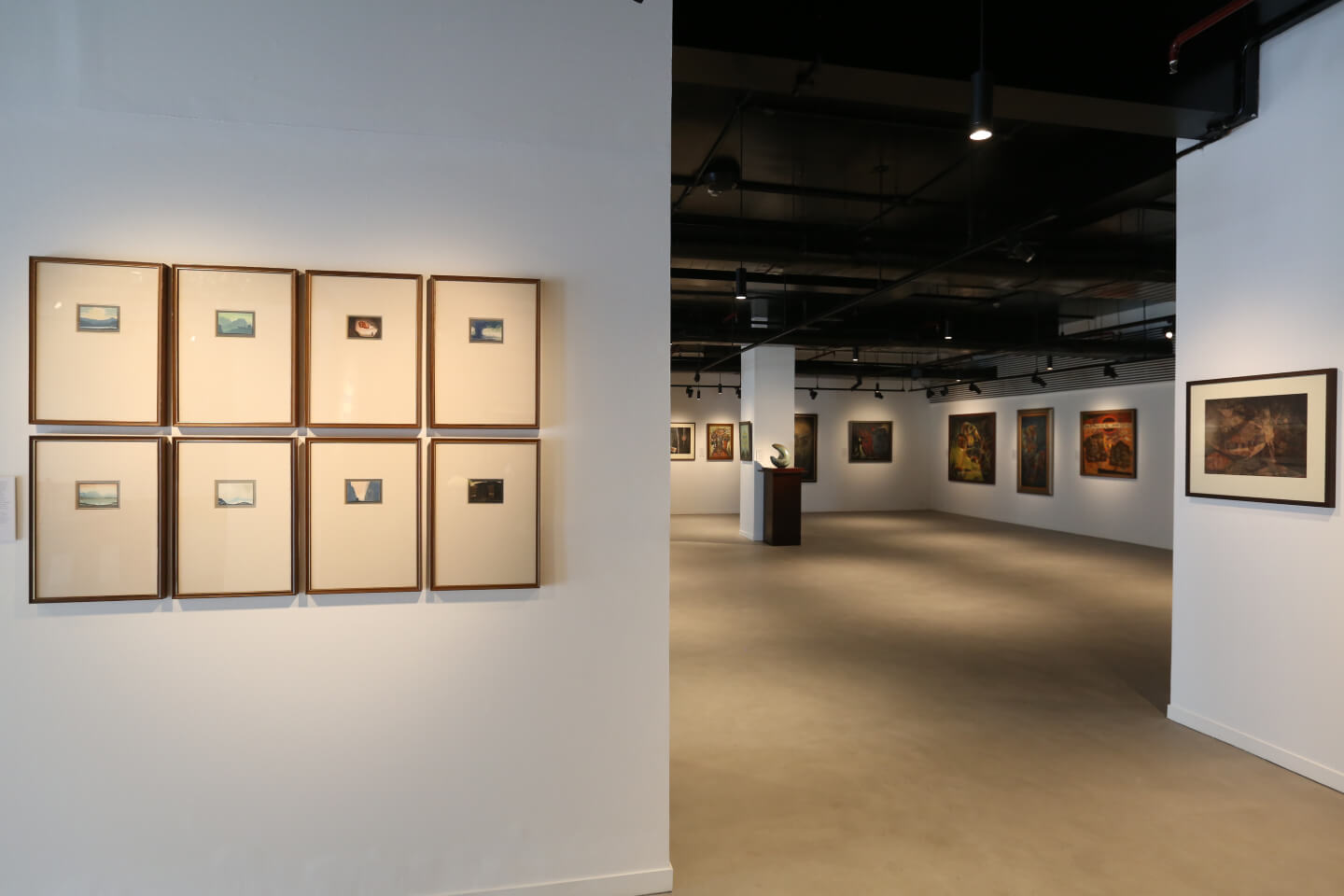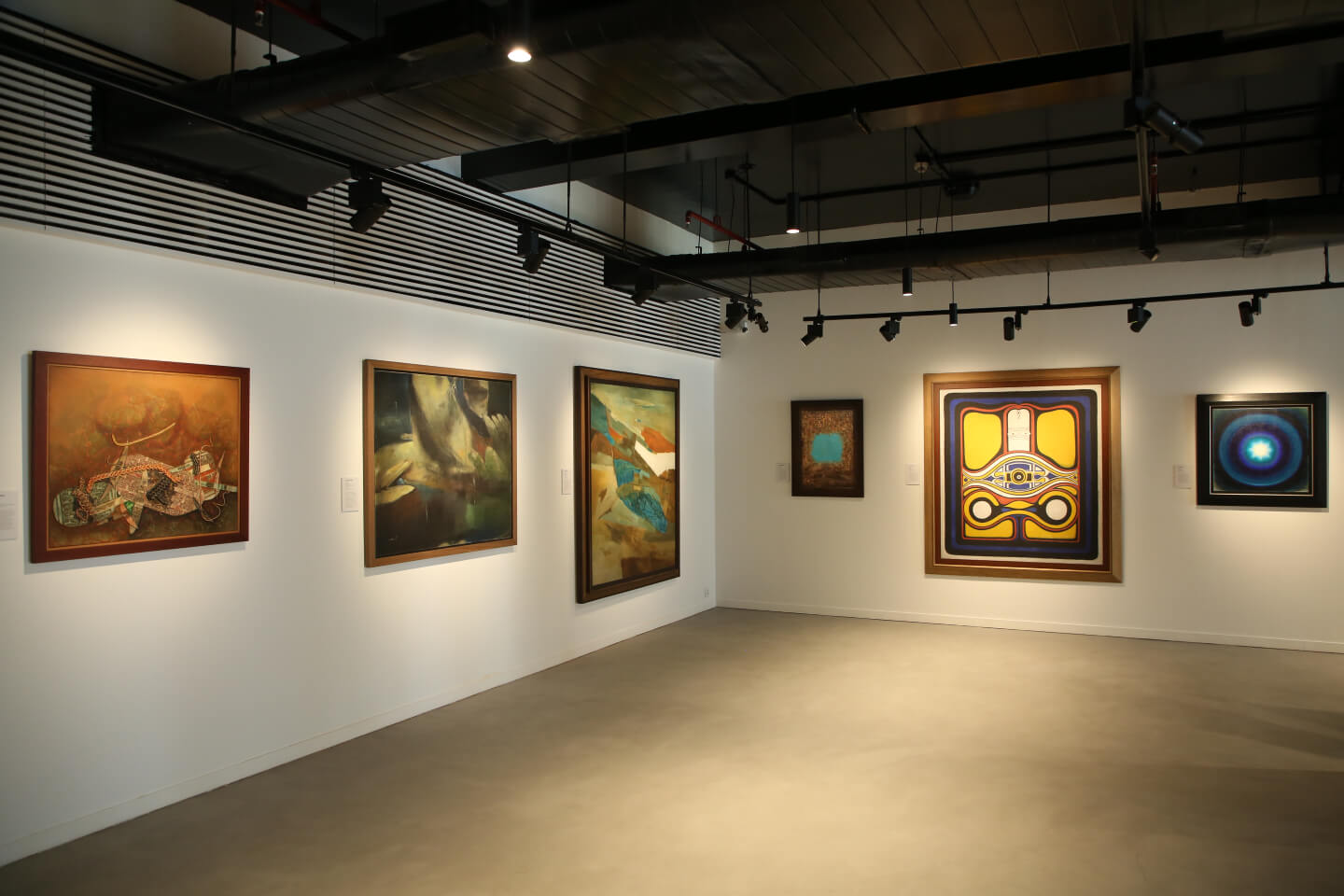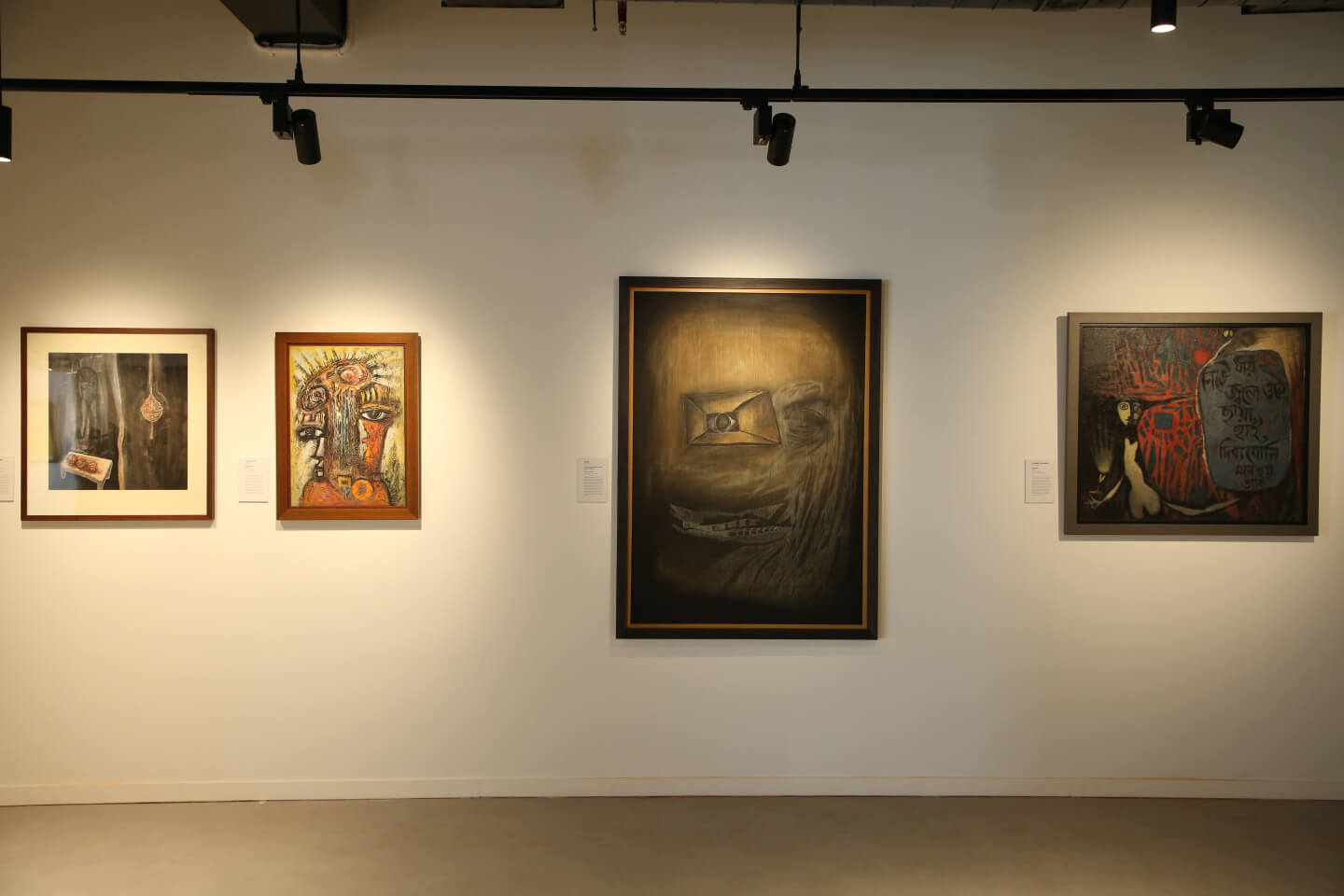The Seventies Show
The Seventies Show
The Seventies Show
|
Gallery Exhibition The Seventies ShowWorks of Indian ModernismNew Delhi: The Claridges, 2 December 2019 – 25 January 2020 |
|
|
Artists
|
'The art of a people is a true mirror to their minds' – Jawaharlal Nehru |
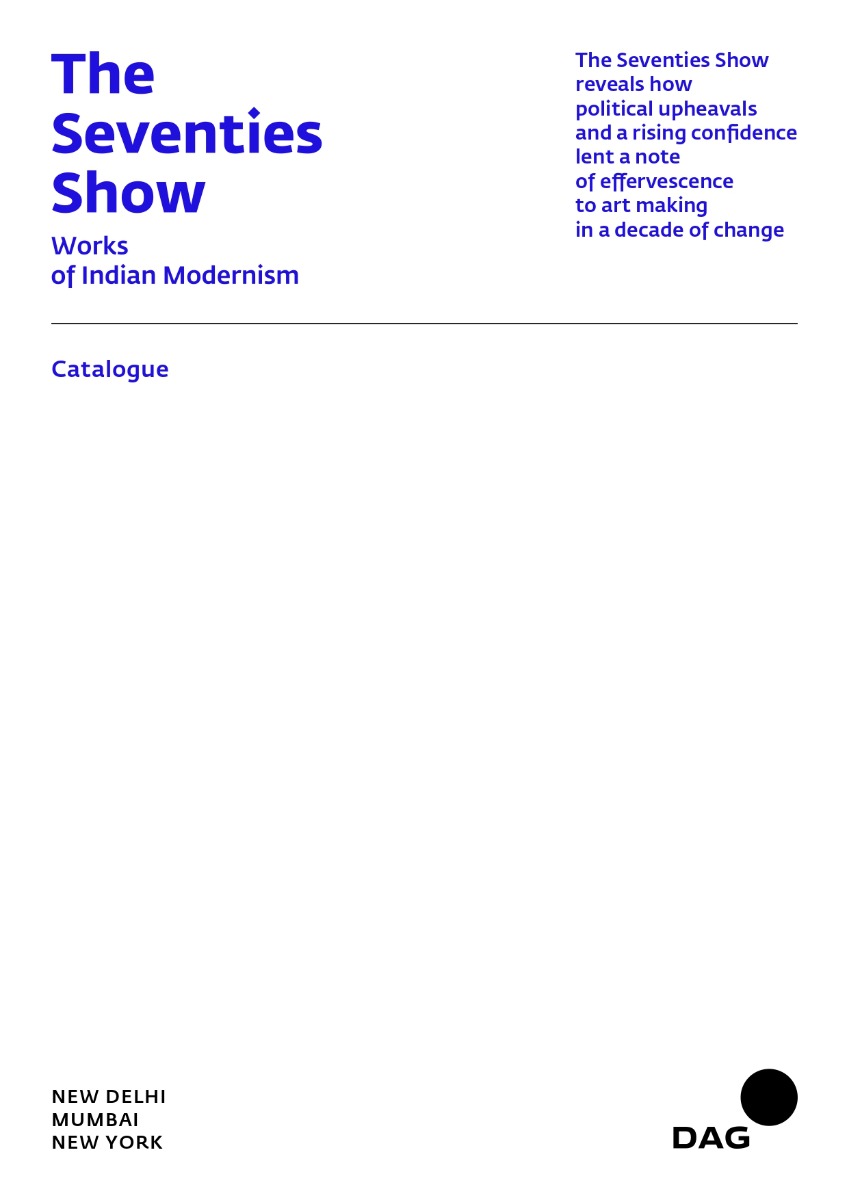
all artworks
Exhibition and Events
